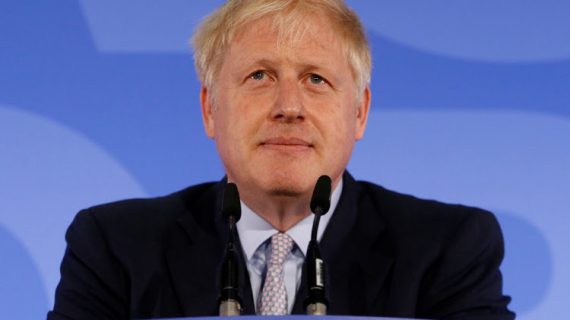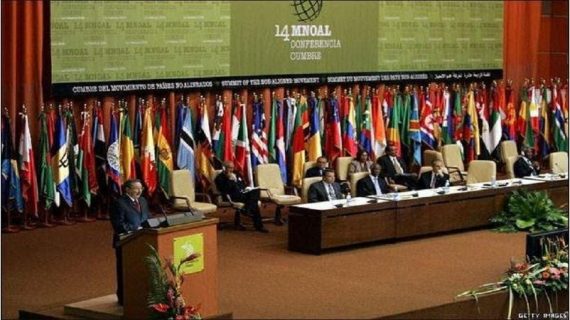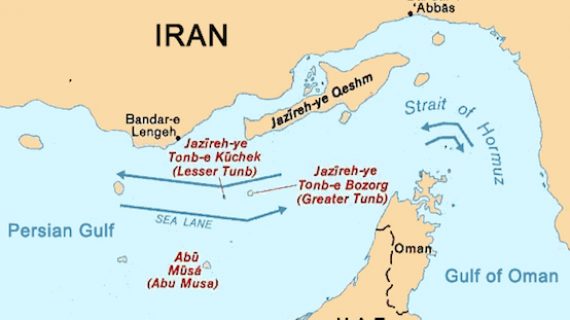Bank Branches Shrink in Iran
Reported by HPMM Group according to FINANCIAL TRIBUNE ; Iranian banks have shrunk by 0.3% in the previous quarter ending March 20 compared with the previous year, fulfilling a long-held target for an industry marked by overcapacity and rapid proliferation across the country.
According to a report released by the Central Bank of Iran on its website on Wednesday, the total number of the country’s bank branches reached 20,723 by the final quarter of the previous fiscal year, registering a 0.3% decrease.
The reduction, however small, comes as Iranian banks are looking for ways to cut costs and encourage customers to embrace mobile banking instead of conducting transactions in a physical branch.
Iran’s central bank has ceased issuing permits for new private banks or commercial lenders.
President Hassan Rouhani has been among those lambasting the bloated banking industry.
During a TV interview in late January, Rouhani said he had instructed the central bank not to issue any permits to any new private banks, adding that he was also determined to solve the problem facing depositors at unlicensed financial credit institutions, which has affected two to three million families.
The urge to make the banking system leaner gathered momentum as the drama surrounding uncertified credit institutions reached its apex last year when the biggest of these shadow banks went bust.
These entities had been growing during the 1990s and mushroomed under Rouhani’s predecessor, Mahmoud Ahmadinejad.
The International Monetary Fund said in a report last year that the credit institutions as well as Iranian banks, which had been weakened by years of sanctions and competition from unlicensed financial institutions, were in need of “urgent restructuring and recapitalization”.
Some of the bankrupt banks have been dissolved ever since, with the government having to bail out the depositors at a great expense to the state coffers. CBI is also considering a raft of consolidations to put an end to the crisis of shadow banks and cut costs.
CBI Governor Valiollah Seif and other pundits had in recent months floated the idea of bank mergers as a possible solution to the structural problems plaguing Iran’s banking system, such as credit crunch, rising bad debts and failing to adhere to international standards.
According to Farshad Heydari, the bank’s deputy for supervision, one phase of the initiative has been completed through which two as-of-yet unlicensed banks and credit institutions, namely Mehr Eqtesad and Samen will be acquired by Ansar Bank.
The larger plan, according to Heydari, is to create a single bank by merging all military-affiliated lenders.
Other Figures
According to CBI’s report, as of the end of the last quarter, government-owned bank branches reached 8,765 (accounting for 42.3%), privatized banks numbered 6,509 (31.4%) and privately-run banks and credit institutions hit 5,449 (26.3%).
According to the figures, there were 47 foreign branches of Iranian banks with affiliates numbering 2,239.
It adds that out of all the bank branches, 215 of them are based in free economic zones.
The survey also shows that among the country’s regions, Tehran Province with 4,060 branches, Isfahan with 1, 4446 and Khorasan Razavi with 1,334 had the largest network of bank branches respectively.
A recent parliamentary ruling stipulated that privatized banks and credit institutions can only be set up as publicly traded companies.
According to the ruling, private owners will be allowed to acquire only up to 10% of shares in banks, or up to 33% after getting the Central Bank of Iran’s authorization.







